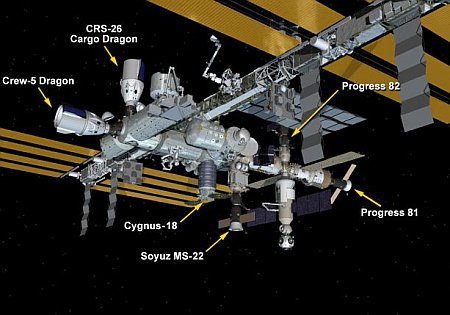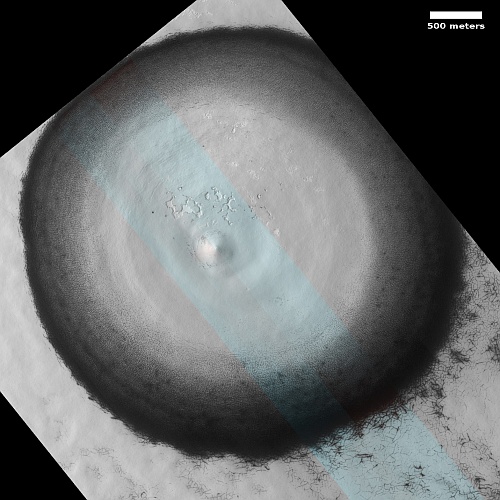SpaceX and the Ukraine resolve funding issues for Starlink terminals
According to a Ukrainian official, the Ukraine has worked out a method to pay for another 10,000 Starlink terminals by obtaining funding from several European nations.
Ukraine’s deputy prime minister Mykhailo Fedorov has announced that over 10,000 additional Starlink terminals will be sent to Ukraine in the coming months, confirming that issues regarding how to fund the country’s critical satellite internet service have been resolved.
The governments of several European Union countries are ready to share payment said Fedorov (who is also Ukraine’s minister for digital transformation) in an interview with Bloomberg, affirming that “As of now all financial issues have been resolved.” Fedorov did not publicly identify which governments are contributing towards the payments but confirmed that there’s currently no contract in place and that Ukraine will need to find additional funding by spring 2023.
Elon Musk had threatened to end Starlink support without some form of payment. It appears his threat, which was almost immediately retracted, forced some action by these governments.
According to a Ukrainian official, the Ukraine has worked out a method to pay for another 10,000 Starlink terminals by obtaining funding from several European nations.
Ukraine’s deputy prime minister Mykhailo Fedorov has announced that over 10,000 additional Starlink terminals will be sent to Ukraine in the coming months, confirming that issues regarding how to fund the country’s critical satellite internet service have been resolved.
The governments of several European Union countries are ready to share payment said Fedorov (who is also Ukraine’s minister for digital transformation) in an interview with Bloomberg, affirming that “As of now all financial issues have been resolved.” Fedorov did not publicly identify which governments are contributing towards the payments but confirmed that there’s currently no contract in place and that Ukraine will need to find additional funding by spring 2023.
Elon Musk had threatened to end Starlink support without some form of payment. It appears his threat, which was almost immediately retracted, forced some action by these governments.













